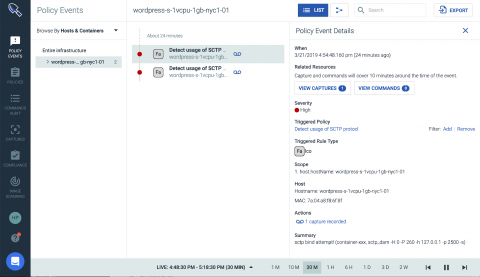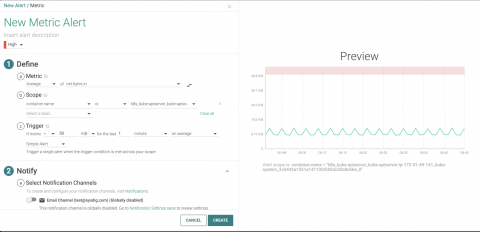Managed Vulnerability Management? Yes, You Read That Right
The importance of a mature vulnerability management program can’t be overstated. File integrity monitoring (FIM) and security configuration management (SCM) might be the bedrock of a strong cybersecurity program, but they can only go so far. Scanning for vulnerabilities needs to be a foundational part of your program, too.







